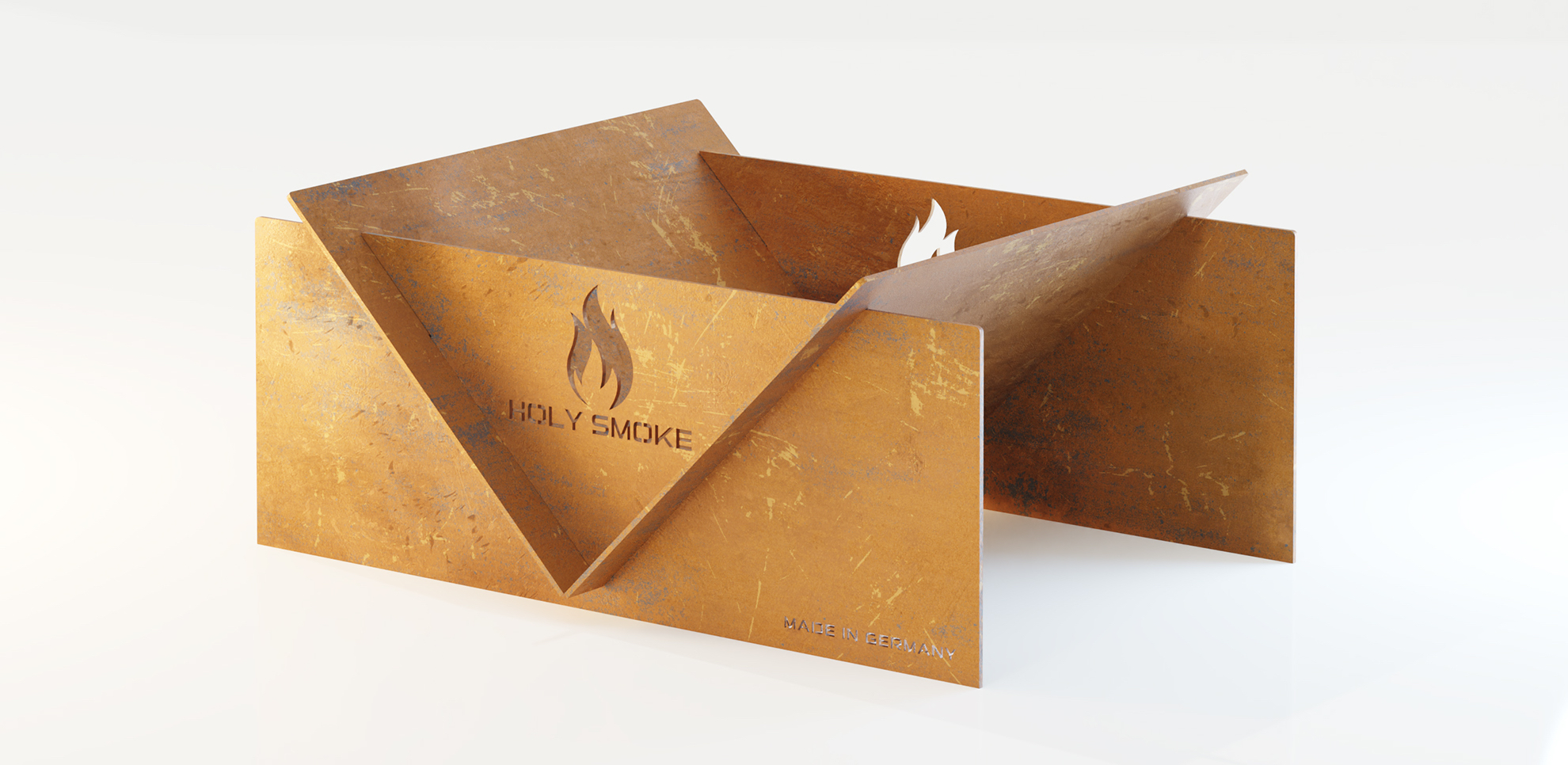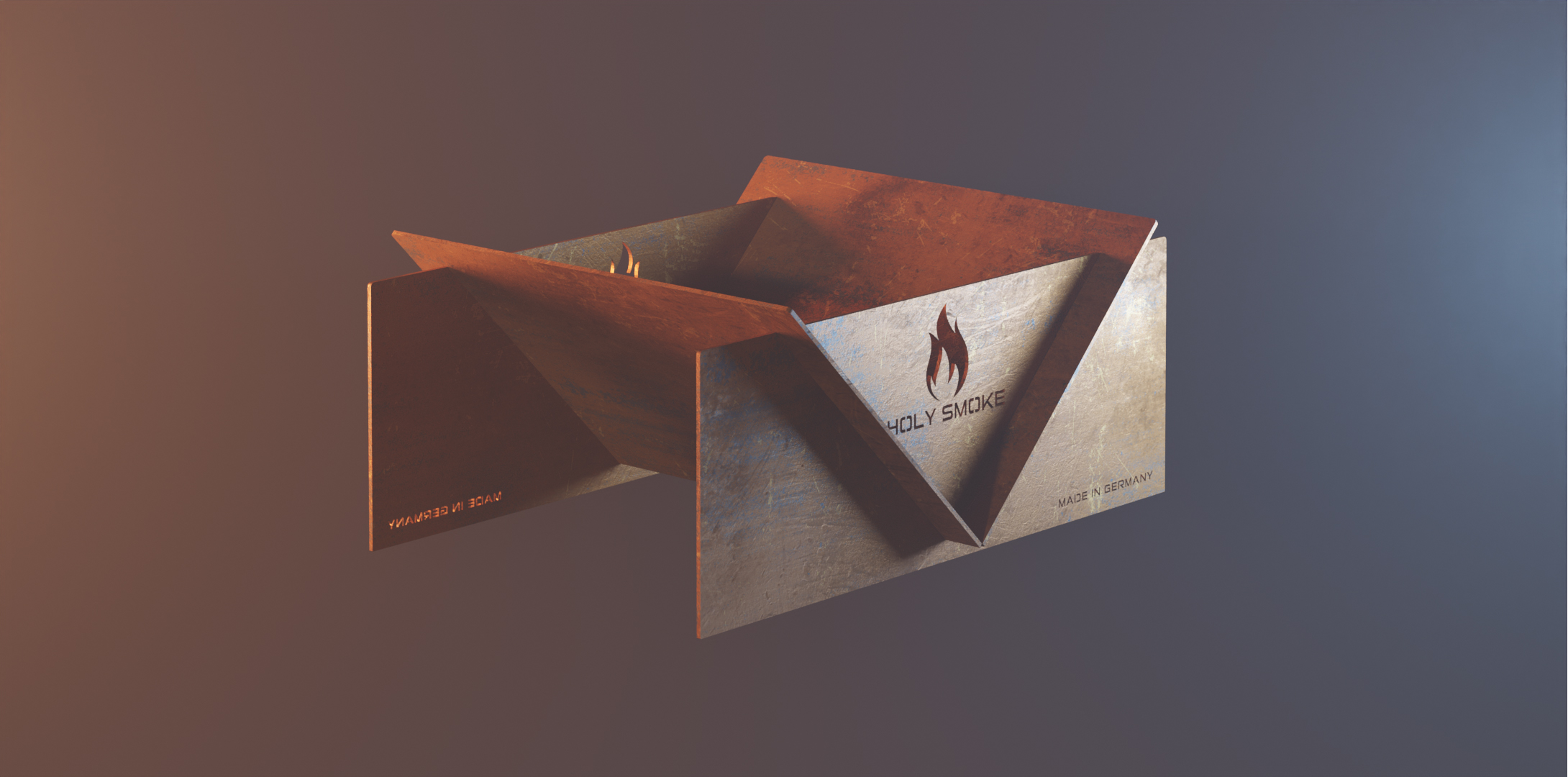3D INTERACTION DESIGNER
REAL TIME RENDERING
As part of my bachelor’s thesis, I worked intensively on the topic of real-time rendering and created a photorealistic animated film as a project using Unreal Engine 4.
CGI (Computer Generated Images) are nothing new and have been used in visual media for decades.
However, the advancing development of hardware & software make it possible to transfer visions to the screen in a lifelike manner. Thus, the boundary between real and virtual content is increasingly challenged. In addition, this development makes it possible to achieve results with a much smaller team, for which entire agencies would have been necessary just a few years ago.
3D is therefore a wonderful complement to more traditional types of content creation such as photography and film.
Even after my project was done, I’ve still been closely observing the developments of real-time rendering, and the results achieved with Unreal Engine 5 are nothing short of breathtaking, especially with the integration of Lumen and Nanite.
Almost all objects in the film are created through photogrammetry, a process in which objects in the real world are scanned through photographs or film footage and virtually recreated as 3D objects. This allows for photorealistic imagery in the final renderings. In addition, it can be a great advantage to manipulate real objects in a virtual environment, for example, to iteratively test different variations.
PRODUCT VISUALIZATION
One area that particularly benefits from 3D renderings is product visualization. This customer example shows very well how 3D can come into play. The assembly of a product can be presented in a playful way without having to increase the costs unnecessarily.
Nothing stands in the way of the creative vision.
PROCEDURAL ANIMATION
Another core area of 3D is animation. Not only real world products can be visualized, but also abstract concepts can be represented concretely. A tried-and-true approach of generating 3D Animations is working non-destructively with a procedural workflow. Meaning, that with a clever setup it is possible to easily alter and manipulate animations in various ways without the cost of reconstructing when you want to to go back to an earlier version.
This project being a case in point. With a node-based, procedural approach, the mountainous landscape can be manipulated in parameters like height, amount of rings and the amount of mountains. By integretaion of a raycast the plane even dodges the perilous mountain tops automatically. No need to use keyframes.



